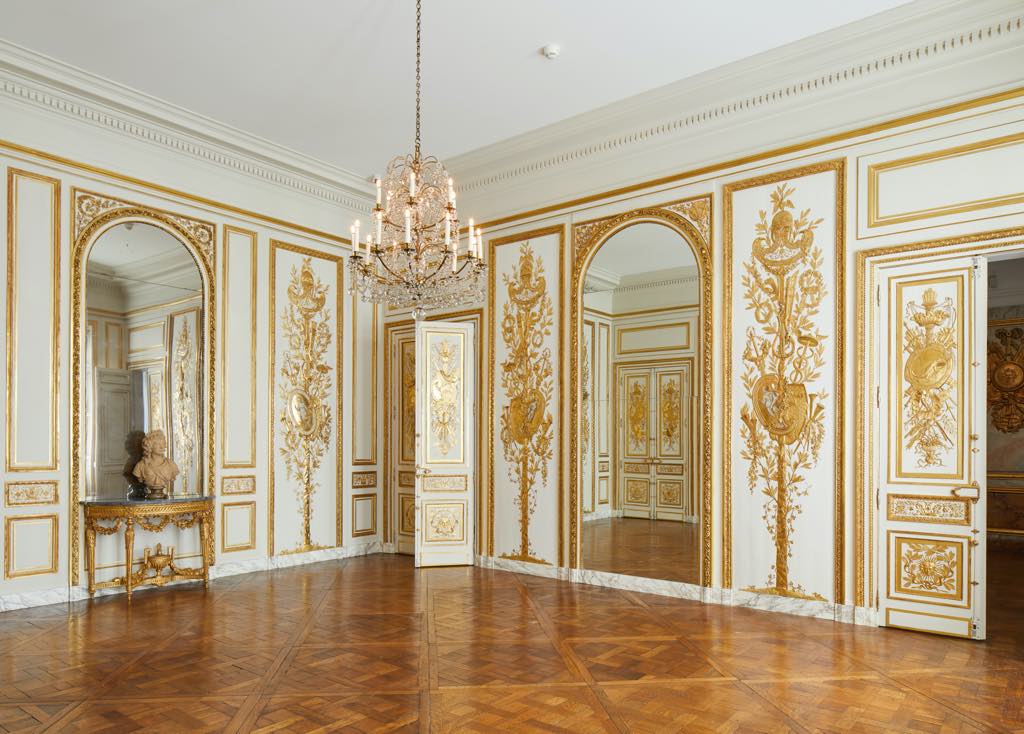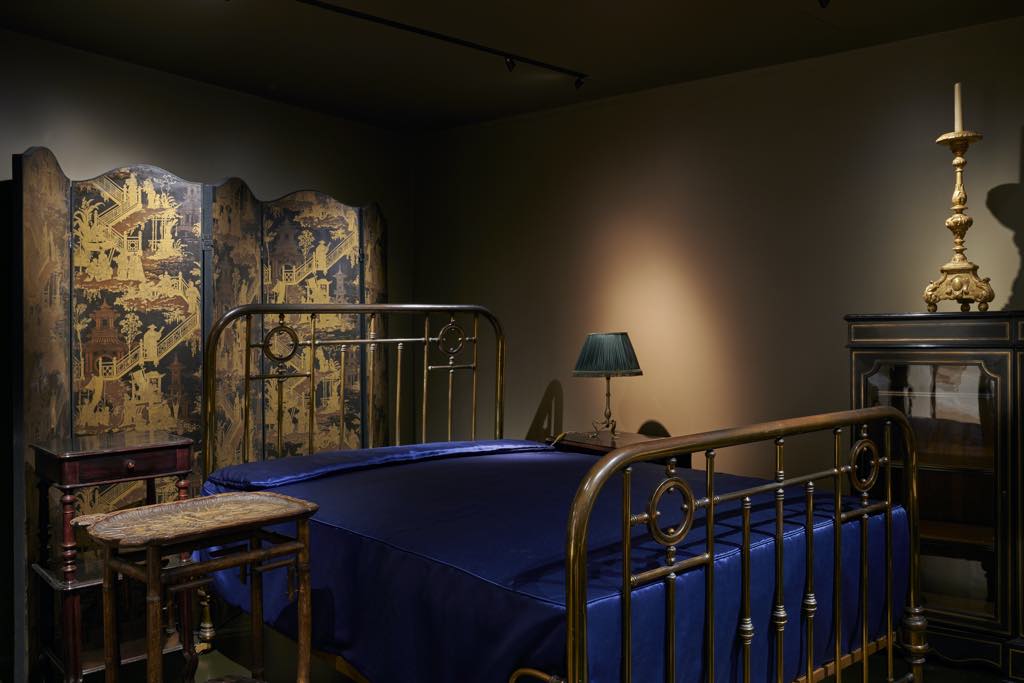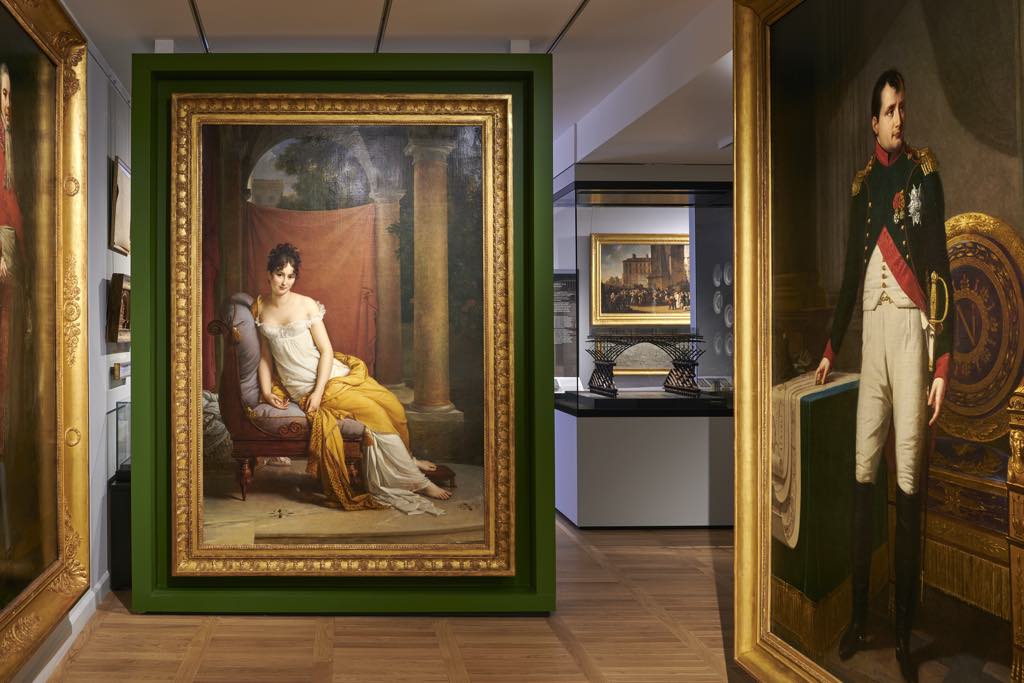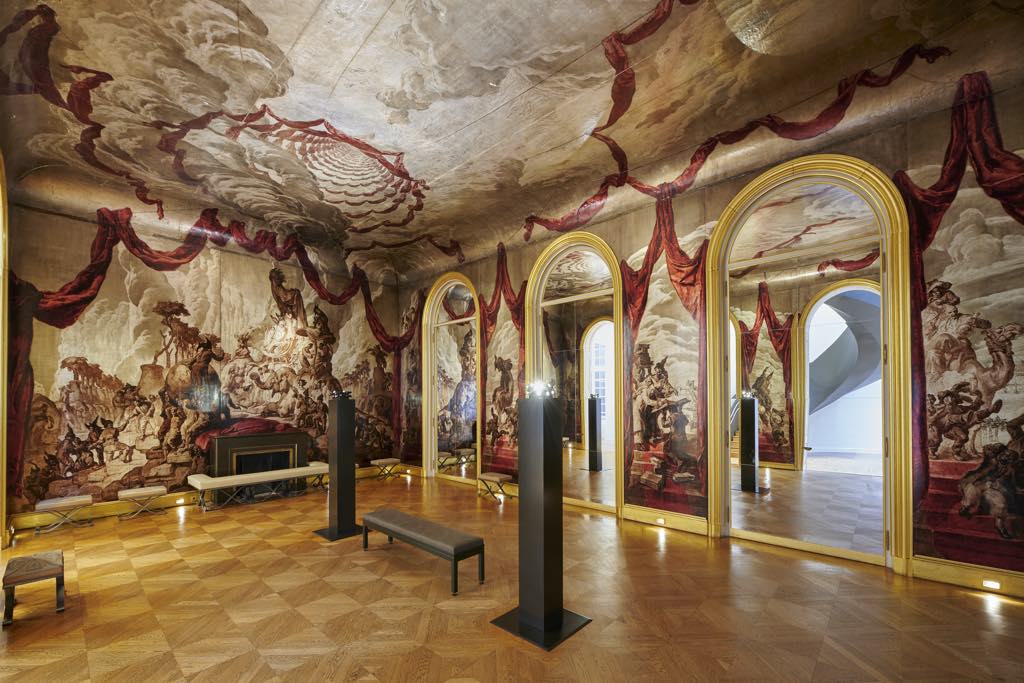
Anyone who loves Paris has to love the Musée Carnavalet, the museum of the city’s history, located in part in the stately 16th-century mansion in the Marais once occupied by one of its pre-eminent citizens, the famous aristocratic letter-writer Madame de Sévigné.
The museum has been missed since it closed four-and-a-half years ago for a much-needed renovation. While full of a kind of dusty charm, its cobbled-together setting – two townhouses and various extensions – made it difficult to navigate, while the various sections followed one another with little logic. It will reopen to the public this Saturday, May 29.
All that has changed with the museum’s new, mostly chronological layout, which makes better sense of the city’s history. The renovation has managed to retain the museum’s charm while spiffing it up with fresh paint, three handsome new staircases and new vitrines.

Anyone who knew Carnavalet in its last incarnation will be happy to see that the shop signs of old Paris are still on show right after the entrance, many of them very literal – a crayfish for a fishmonger, for example – and others less obvious, like a huge running stag for a transport company.
The visit proper begins with an introduction to the history of the museum itself with a number of scale models, a portrait of Madame de Sévigné and miscellaneous items like an oak door decorated with a head of a Medusa, saved from the destruction of the old Hôtel de Ville by fire in 1871 during the Commune.
Then it’s on to the vaulted basement for a trip back to prehistoric and early Paris. Here you’ll find everything from a pirogue made from a single tree to the gravestone of “Lady Joy, daughter of Master Isaac” from a 13th-century Jewish cemetery on the Left Bank. There are even some leather shoes that have survived since the 15th century, among many other fascinating relics.

Upstairs, the treasures follow each other period by period. Highlights include the gorgeous room decors from Paris mansions and businesses that no longer exist and the furnishings from Marcel Proust’s famous cork-lined bedroom, with a few extra pieces, including his fur-lined overcoat.

In the attic is the extensive collection of artifacts from the French Revolution and its aftermath, including a model of the Bastille prison made from one of its stones; two amazing models made by a retired soldier depicting in great, authentic detail events in 19th-century Paris; and items used by Louis XVI, Marie-Antoinette and their children in their prison in the Temple before the royal couple lost their heads.

Unfortunately, one of my favorite exhibits is no longer on display: the letter Robespierre was writing when his assassins burst into the room and killed him. This is history on a piece of paper: the line of the word he was writing at that moment trails off, and the page is splattered with blood, supposedly from a gunshot to his face. Let’s hope it will be put back on show as the exhibits are rotated.
Downstairs again, one delightful room is devoted to paintings depicting life in Paris, displayed as they would have been in the past, side by side and reaching all the way up to the ceiling. Next to it is a display focusing on the heyday of Montmartre.
A new addition to the museum is a room on the city’s recent history. Some of these exhibits – especially an aerial photo of the demonstration following the Charlie Hebdo terrorist attacks, which brought 3.7 million people into the streets – gave me chills, having lived through them myself. This section will be continuously updated.

More generally, the museum has been brought up to code and made wheelchair-accessible (with the exception of one small area with a few steps in a protected part of the building that could not be changed). All texts are translated into English, and there are lots of interactive displays and descriptions written especially for children. A number of works are also hung at child and wheelchair height, and there are Braille presentations here and there.
As far as I could see, the only failure of this otherwise brilliant renovation is the printing of information about the exhibits directly onto the glass of the vitrines in tiny letters. They are extremely difficult to read even with 20/20 vision because of reflections and disparate backgrounds. An opportunity to make the museum truly user-friendly was sadly missed here.

There is so much of value to see in the 100 rooms at Carnavalet that would be impossible to absorb it all in one visit. Luckily, admission to the permanent collection is free, so you can go back as many times as you wish without putting a dent in your bank account.
More good news: Carnavalet’s beautiful formal garden is open to the public from Rue des Francs-Bourgeois, and the museum will soon have a restaurant and café.
Favorite
Thank you so much for this preview of the newly revamped Carnavalet. I can’t wait to visit after we’re fully vaccinated. Especially excited about some of the new exhibits and the chance to get back into the recreated period rooms and the garden.
Are you sure the letter you miss seeing on exhibit was being written by Robespierre? I don’t remember it, but I always thought he was guillotined, not shot to death. Perhaps it was another revolutionary?
Robespierre was guillotined, but there was a shootout when he was arrested. It’s possible that I misremembered about the letter. Does anyone else remember it?
Hello, Heidi,
I was very curious after reading of your recollection of the letter involving Robespierre. In planning to go to the Carnavalet next week, I found this:
https://www.wikiwand.com/fr/Chute_de_Robespierre
Specifically, the section entitled “L’appel adressé à la section des Piques.” The letter you are referring to seems to be a partially signed document on behalf of the Convention that has a somewhat muddied history. Perhaps it is the uncertainty of what it represents and the unknown reason that Robespierre only began to sign his name (“Ro”) that caused the Carnavalet to put the letter into Archives for the time being. Fascinating though. You certainly did not imagine it!
Thanks for that! I think you are right. When I asked the curator about it, he didn’t seem to want to say why it had been put in the archives.
Marvelous news that my longtime favorite, Musee Carnavalet, will be open again!
Hoping to get to Paris in July and August, if openings continue. Two years is too long to have been deprived, but your columns have helped so much each week to remind us what treasures are there.
I saw somewhere that it’s necessary to reserve a ticket (11 euros) to go to the Carnavalet. True? It used to be free.
Entry to the permanent collection at Carnavalet is free. There is an admission fee for temporary exhibitions.